You’ve installed your beautiful swimming pool and are enjoying fun days and relaxing evenings hanging out with family and friends. Your backyard is now the incredible oasis you’ve always wanted, and you wouldn’t change a thing. Or would you? It sure would be nice to go from your cool, invigorating pool, to a hot, bubbling spa!
We are frequently asked whether it’s possible to add a spa after a pool has already been installed. Provided there’s enough space and no other physical limitations, the answer is an enthusiastic, “Yes!” And as you know, there are many benefits of spas, including:
We are frequently asked whether it’s possible to add a spa after a pool has already been installed. Provided there’s enough space and no other physical limitations, the answer is an enthusiastic, “Yes!” And as you know, there are many benefits of spas, including:
- Stress reduction
- Pain relief
- Improved circulation
- Increased property value
- And… fun!
What are My Spa Options?
Of course, a free-standing, above-ground spa can be added easily anywhere in your yard that there is room for it. The same goes for an in-ground spa that’s separate from your pool. You might also choose to add a spa that is immediately adjacent to the pool and part of the pool deck area. But for the ultimate in enjoyment and beauty, you can’t beat an attached spa, and that’s really what people tend to be asking about.
The Advantages of an Attached Spa
A spa that is truly connected to your pool (i.e., they share the same water) provides a number of advantages. It will likely be easier to install as it taps into the existing circulation system, utilities, etc. The fact that the pool and spa share the same water also simplifies maintenance and keeping the water chemistry in balance. And finally, for people who like to warm up and cool down in cycles (and who doesn’t?), the fact that you can get from the pool to the spa in just a step or two is great.
Will it Look Good?
Here again, the answer is an enthusiastic “Yes!” An experienced designer and contractor can work together to design and install a spa and surrounding deck area that doesn’t just blend with what’s already there, but actually enhances the beauty of your backyard. And what many pool owners find is that things they learned in having their pool installed can be used to ensure that the spa is perfect for their needs—everything from positioning and accessibility to custom lighting.
You’ve Waited Long Enough to Add Your Spa
If you thought you couldn’t add a spa to your existing pool, you now know better! Spa additions can be easy and affordable to make. And once you have that warm, inviting spa in place, you’ll wonder why you waited so long. Have questions about your project? Don’t hesitate to contact us.

Written by Aaron Steele
Aaron is the Digital Marketing Manager for Latham Pool Products. Prior to realizing his dream of working in the swimming pool industry, he spent many years in the software and advertising world as a pixel pusher and script junkie. Aaron is an avid guitar player, weekend novelist, in-home libation manufacturer (aka. Homebrewer) and travel enthusiast. He has lived in exotic locations, climbed Mt. Fuji, swam in the open ocean with sharks, backpacked across Europe, skied the Swiss Alps, dined with the Dalai Lama, survived in a far east jungle for a week with nothing but a poncho and a machete and is currently learning to play the Didgeridoo. All true.

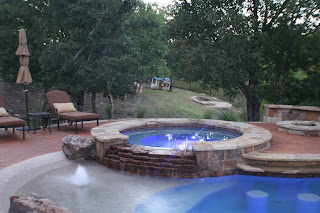
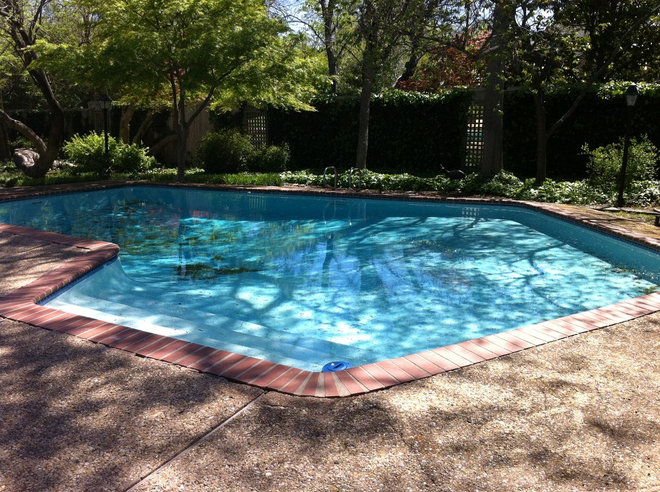
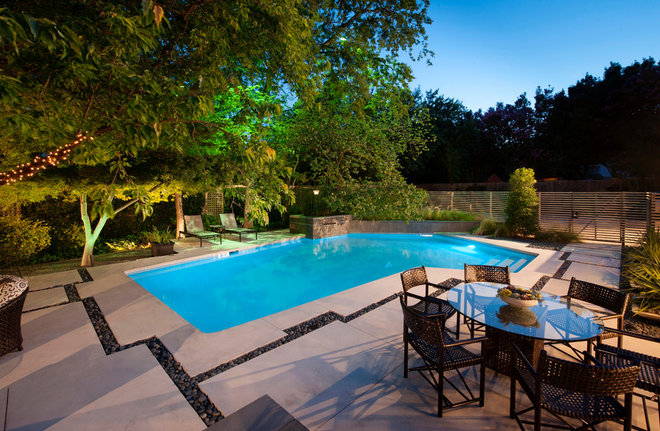
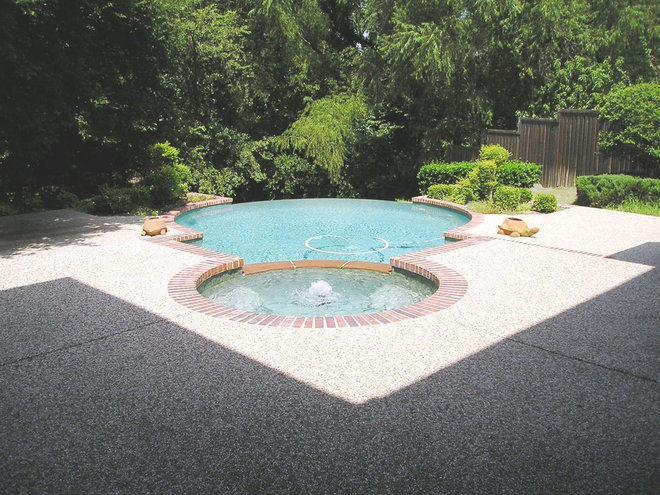
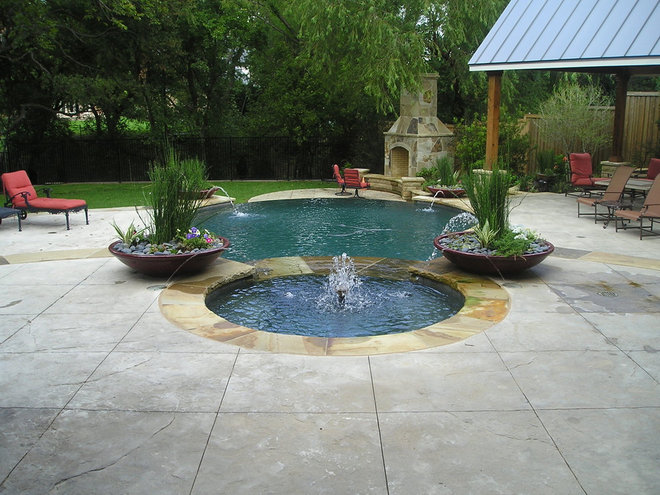
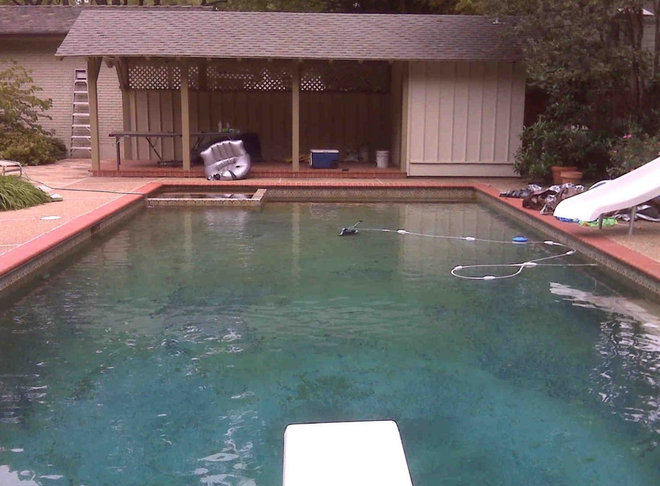
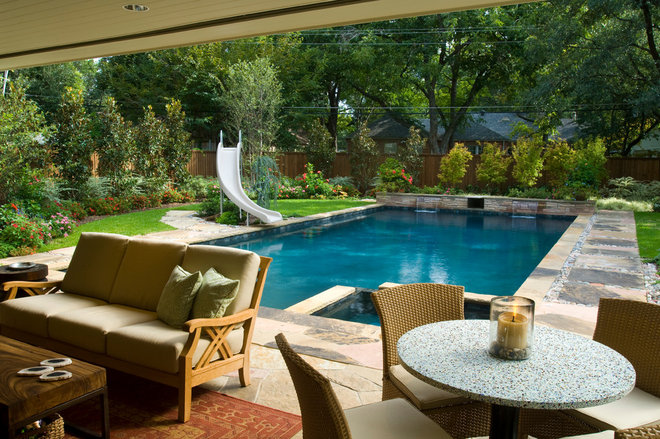
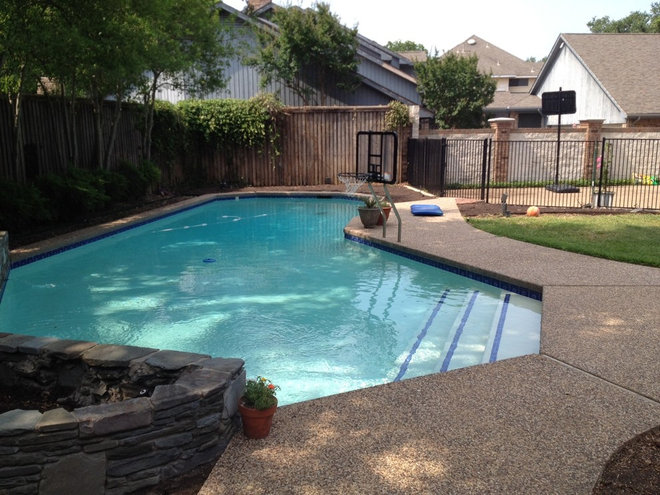
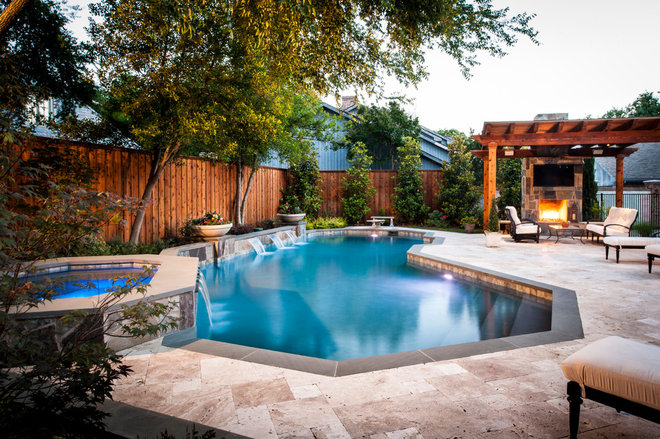
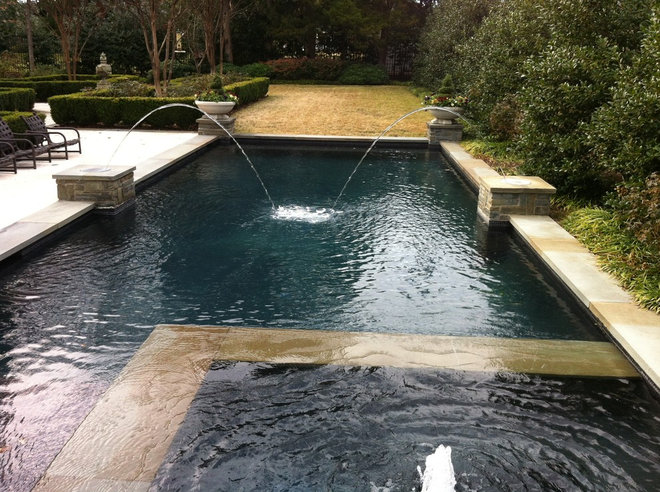
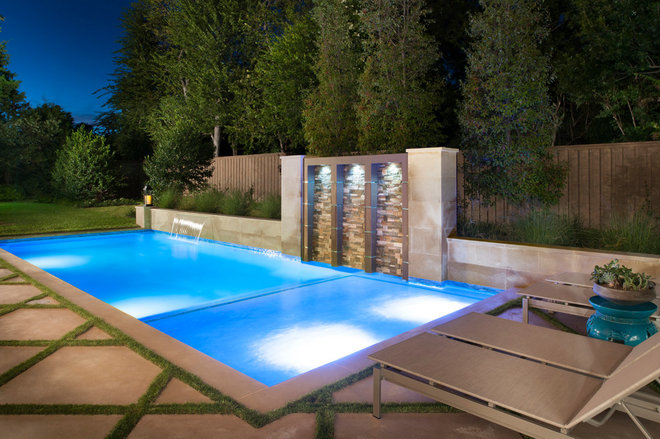
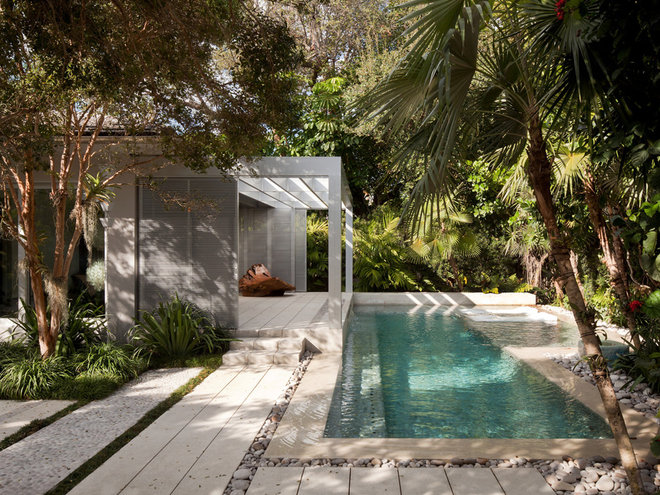
.png)